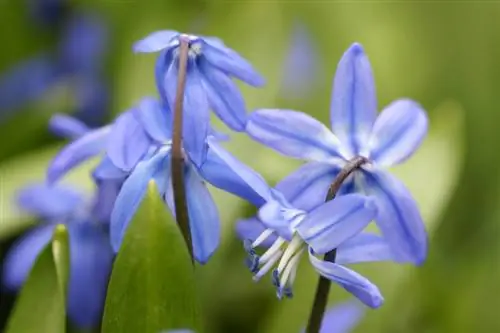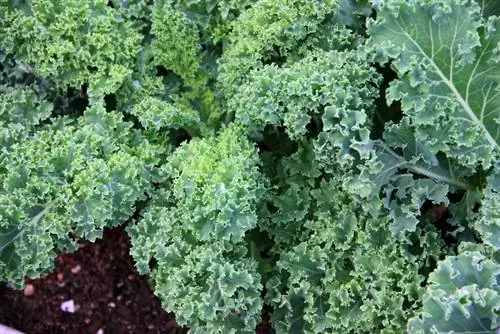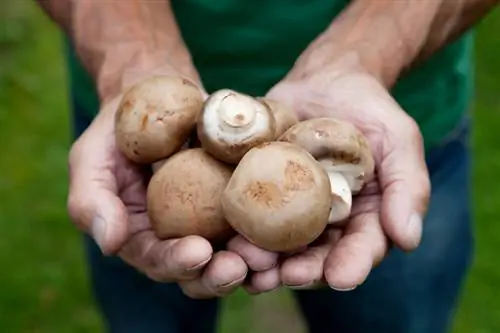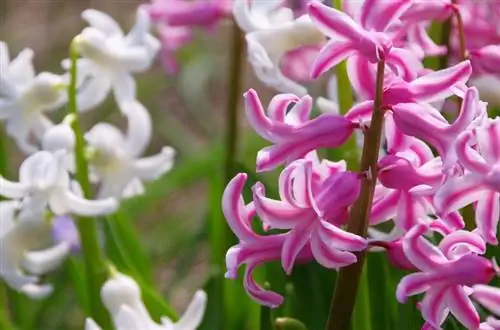- Author admin [email protected].
- Public 2023-12-16 16:46.
- Last modified 2025-06-01 06:02.
It seems delicate and fragile. Many plant lovers are familiar with the squill and some would probably recognize it. So that you know exactly about it in the future, its most important features and requirements are summarized here!
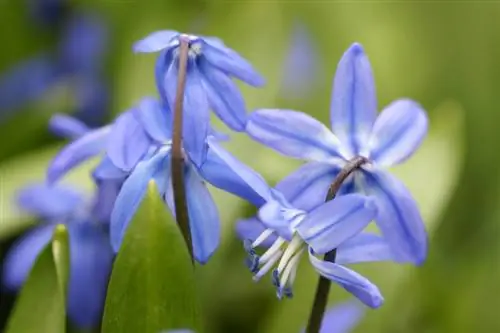
What are the most important properties of the squill?
The squill (Scilla) is a perennial onion plant from the asparagus family that is native to central to southern Europe. It blooms in blue starry flowers from March to April and prefers a sunny to partially shaded location with calcareous, nutrient-rich and moist soil.
Facts worth knowing in the profile
- Plant family and genus: Asparagus family, Scilla
- Origin: Central to Southern Europe
- Occurrence: riparian forests, deciduous forests, wet meadows, bushes
- Lifespan: perennial
- Flowering time: March to April
- Flower color: blue
- Location: sunny to partially shaded
- Soil: lime-loving, nutrient-rich, humus, moist
- Use: bee pasture, ornamental plant in the rock garden
- Special features: poisonous, protected
- Propagation: (self-)sowing, breeding onions, division
Many names for one and the same poisonous perennial
The squill, of which there are 70 to 90 species worldwide, is also known under the names squill, squill and squill. It got its name squill from its characteristic blue starry flowers.
This onion plant is slightly poisonous to both humans and animals. It is saponins and glycosides that you should be wary of. They are found in large quantities, particularly in the onion and seeds. They can become noticeable not only when consumed, but also when they come into contact with the skin.
A closer look from bottom to top
Szilla grows between 15 and 20 cm high depending on the location. It is a perennial, herbaceous plant that survives with the help of its bulb, which is up to 3 cm thick. Its leaves are basal, up to 15 cm long, linear and green in color.
The squill shows inky blue to purple-blue flowers that grow up to 2 cm in diameter between March and April. Several flowers cluster like clusters on a stem. Dark purple anthers protrude from the center. The nectar and pollen supply is rich. After flowering, inconspicuous capsule fruits emerge.
Undemanding - perfect for lazy gardeners
This early bloomer does well on its own. Only the location conditions should be suitable so that it doesn't require much maintenance. The soil should be nutrient-rich, humus-rich, calcareous and permeable. This bulb flower thrives best in a partially shaded spot.
Tip
The squill is often confused with the snowbird. In contrast to the squill, the snow pride has a significantly whiter flower eye.

